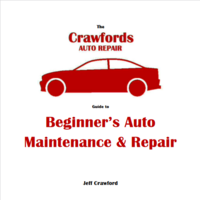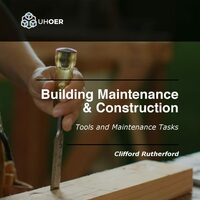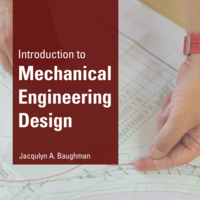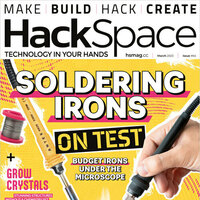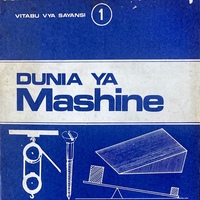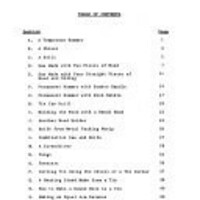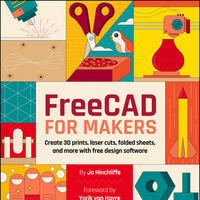Search
Books+
Searching 1,730 books
Search related to the career Aerospace Machinist
How to Start a Career as an Aerospace Machinist
Education and Training:
1. Obtain a high school diploma or equivalent. Focus on subjects such as mathematics, physics, and computer science, as they are relevant to the field.
2. Consider pursuing a post-secondary education in aerospace manufacturing or machining. Look for technical schools, community colleges, or vocational programs that offer courses or degrees in precision machining or aerospace manufacturing.
Gain Relevant Skills and Knowledge:
1. Develop a strong understanding of machining principles, including blueprint reading, measurements, and geometric dimensioning and tolerancing (GD&T).
2. Familiarize yourself with computer-aided design (CAD) software and computer numerical control (CNC) programming.
3. Acquire hands-on experience with machining tools and equipment, such as lathes, mills, grinders, and precision measuring instruments.
4. Stay updated with industry advancements and technological changes by attending workshops, seminars, or online courses.
Obtain Certifications:
1. Consider obtaining certifications that validate your skills and knowledge in aerospace machining. Examples include the National Institute for Metalworking Skills (NIMS) certifications or the Aerospace Manufacturing Certification (AMC) offered by the National Aerospace Consortium.
2. Some employers may require additional certifications, such as safety training or specialized machining certifications. Research the specific requirements of the companies you are interested in working for.
Gain Experience:
1. Look for entry-level positions or apprenticeships in aerospace manufacturing companies, machine shops, or aerospace maintenance and repair organizations.
2. Seek opportunities to work with experienced machinists who can mentor and guide you in honing your skills.
3. Take on challenging projects and demonstrate your ability to produce high-quality precision parts.
Network and Seek Employment:
1. Attend industry trade shows, job fairs, or aerospace manufacturing events to connect with professionals in the field.
2. Join professional organizations or online forums related to aerospace machining to expand your network and stay updated on industry trends.
3. Prepare a well-crafted resume highlighting your education, certifications, and relevant experience. Tailor it to match the requirements of the aerospace machining positions you are applying for.
4. Apply for aerospace machining positions at aerospace manufacturing companies, defense contractors, or aviation organizations.
Remember, starting a career as an aerospace machinist requires dedication, continuous learning, and a strong work ethic. Good luck in your pursuit of this rewarding career!
Source: Various AI tools
Vocational skills
Engineering
Books tagged engineering
Mining
Entrepreneurship
Books tagged entrepreneurship
Arduino
Books tagged arduino
Computer science
Searched in English.
